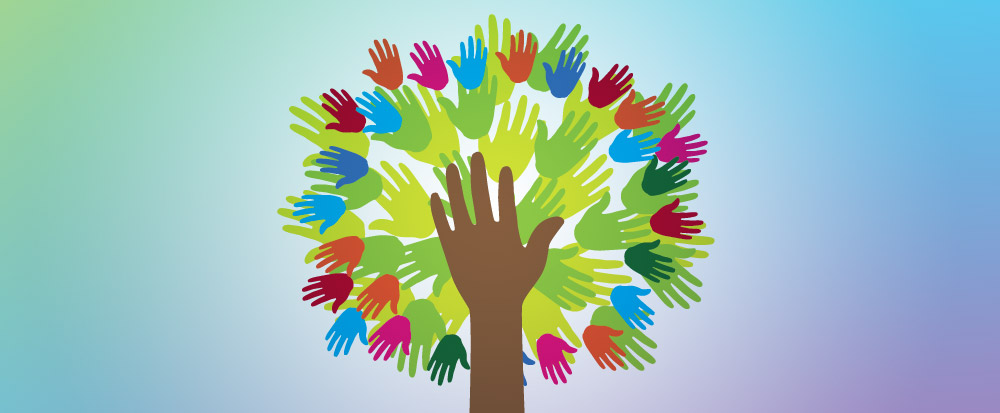Pandemic Puts Homeownership in African American Communities at Risk

In the post-COVID-19 era, African American homeownership in Los Angeles County is predicted to reach an even more concerning level. During the 2007 recession, foreclosure rates among African American homeowners were three times that of non-Hispanic Whites. According to the recent UCLA Center for Neighborhood Knowledge’s Saving Black Homeownership report, the significant homeownership gap between these groups had only started to close between 2010 and 2019, albeit at an extremely slow pace. However, whatever progress made has now been disrupted by COVID-19.
Compared with non-Hispanic Whites, African American households experienced more job losses during this pandemic. As a result, this vulnerable demographic was about twice as likely to have hardship with mortgage payment. Between April and October 2020, about 3,665 new preforeclosure notices were served. Unfortunately, this rate is more than one-and-a-half times greater in African American neighborhoods.
To preempt the crisis, the UCLA study recommends a series of actions, including:
- Prompting elected officials to secure a plan before the inevitable post-COVID-19 evictions and foreclosures happen. This should include a Mortgage Relief Fund or assistance program to cover all or partial missed mortgage payments for low- and moderate-income homeowners, with consideration to the most vulnerable homeowners and neighborhoods.
- Continuing to monitor developments in real-time and identifying homeowners who fall behind on their payment.
- Addressing funding and access to resource inequalities, such as supporting organizations that can reach struggling homeowners, including those who don’t know about or have trouble accessing resources that can reduce foreclosure risk.
- Requiring lenders to provide disclosure to mortgage holders about housing counseling and other available resources.
- Building on current policies for an inclusive solution for all homeowners in Los Angeles County. Improving existing policies allow local governments to prioritize and give support to the most vulnerable families and neighborhoods.
It is crucial to take action on the current challenges to African American homeowners. Addressing the needs of at-risk homeowners’ calls for policy reforms with the goal of keeping families in the home by helping those who are behind on their mortgage. Time is of the essence, as thousands of vulnerable residents are certain to lose their homes in the near future.



